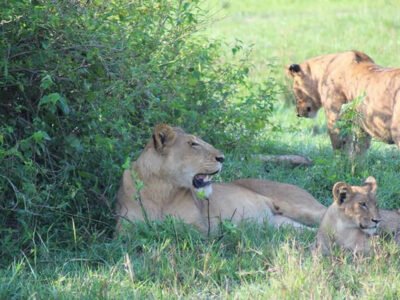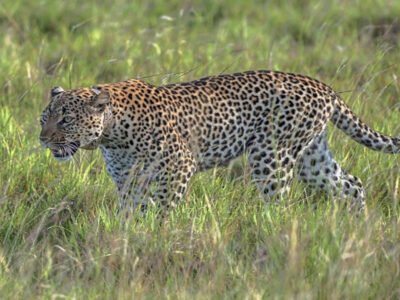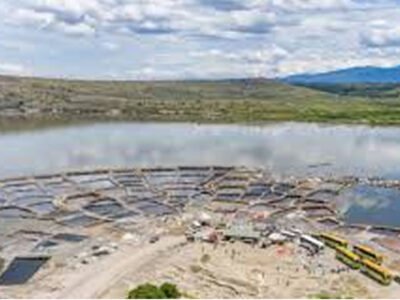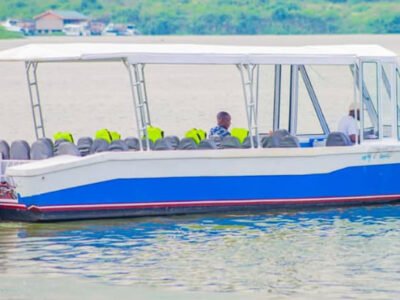Queen Elizabeth
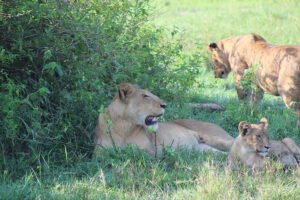 Queen Elizabeth National Park is one of Uganda’s most iconic and biodiverse protected areas, offering a rich tapestry of wildlife, landscapes, and cultural experiences.
Queen Elizabeth National Park is one of Uganda’s most iconic and biodiverse protected areas, offering a rich tapestry of wildlife, landscapes, and cultural experiences.
Location & Size
Situated in western Uganda, QENP spans approximately 1,978 square kilometers across the districts of Kasese, Kamwenge, Rubirizi, and Rukungiri . The park lies between Lake Edward and Lake George, connected by the Kazinga Channel, and is set against the backdrop of the Rwenzori Mountains. It's about a 7.5-hour drive (400 km) southwest of Kampala, with domestic flights available to Mweya, Kihihi, and Kasese airstrips.
Wildlife & Biodiversity
QENP is home to 95 mammal species, including African elephants, buffaloes, hippos, leopards, and the famous tree-climbing lions of the Ishasha sector . Over 600 bird species make it a premier birdwatching destination. The park's diverse ecosystems—savannah, wetlands, forests, and crater lakes—support this rich biodiversity.
Geological Features
The park boasts volcanic features like the Katwe explosion craters, some of which contain crater lakes. Lake Katwe is notable for traditional salt mining, a practice that continues to this day .
Tourism & Activities
As Uganda’s most visited national park, QENP offers:
- Chimpanzee tracking in Kyambura Gorge
- Boat cruises on the Kazinga Channel
- Game drives, including night safaris
- Birdwatching
- Nature walks
🌍 Cultural Connections
Originally named Kazinga National Park, it was renamed in 1954 to honor Queen Elizabeth II's visit. The park is twinned with Queen Elizabeth Country Park in England, fostering cultural exchange and conservation collaboration .
| Languages spoken | English |
|---|


